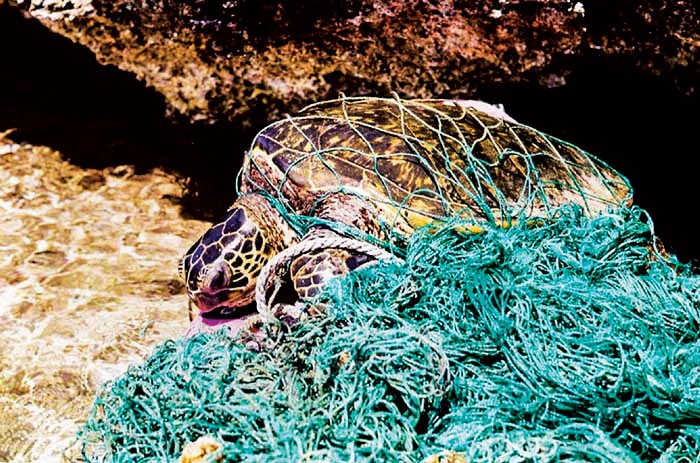Advertisement
Grab your lab coat. Let's get started
Welcome!
Welcome!
Create an account below to get 6 C&EN articles per month, receive newsletters and more - all free.
It seems this is your first time logging in online. Please enter the following information to continue.
As an ACS member you automatically get access to this site. All we need is few more details to create your reading experience.
Not you? Sign in with a different account.
Not you? Sign in with a different account.
ERROR 1
ERROR 1
ERROR 2
ERROR 2
ERROR 2
ERROR 2
ERROR 2
Password and Confirm password must match.
If you have an ACS member number, please enter it here so we can link this account to your membership. (optional)
ERROR 2
ACS values your privacy. By submitting your information, you are gaining access to C&EN and subscribing to our weekly newsletter. We use the information you provide to make your reading experience better, and we will never sell your data to third party members.
Recycling
A new catalyst for breaking down nylon 6
Researchers turn commercial plastic into reusable monomer without solvent or extreme temperatures
by Brianna Barbu
December 7, 2023

Researchers at Northwestern University have taken a step toward making it easier to chemically recycle nylon 6. The polymer is used in products including carpets, textiles, packaging—and fishing nets, which are a major contributor to the Great Pacific Garbage Patch.
The team, headed up by catalysis chemist Tobin J. Marks, has designed a process that converts nylon 6 back into its starting material, caprolactam (Chem 2023, DOI: 10.1016/j.chempr.2023.10.022). This depolymerization process doesn’t require a solvent and takes less energy to run than other methods for chemically breaking down nylons.

There are already industrial-scale processes for depolymerizing nylon trash and then using the caprolactam to make new nylon for textiles. Several brands, including Patagonia, use recycled nylon in some of their products. But the status quo chemical recycling process for nylon is time- and energy-intensive, making it quite expensive, says Yosi Kratish, who co-led the project. He says the team wanted to make nylon recycling easier, greener, and more cost-effective.
The polymers in plastic waste are simply huge molecules with bonds that can be manipulated like any other molecules, says Kratish. “It’s not a black box. We can zoom in on the weak spots and attack them.”
The catalyst system that the researchers designed is an improved version of one that they reported last year (Angew. Chem. Int. Ed. 2022, DOI: 10.1002/anie.202212543). It uses yttrium or lanthanum metal and a “sandwich” ligand that helps stabilize and protect the metal as it hops between polymer strands, breaking amide bonds.
The researchers did the reaction in air- and water-free conditions just above the polymer’s melting point, using only nylon and the catalyst, which eliminates the added energy and waste typically associated with using a solvent. “The greenest solvent of all is no solvent,” says Marks.
Even with a very small amount of catalyst in the reactor, it took only a few hours to completely break down 1 g of polymer. The researchers simulated a continuous process by periodically adding new material to keep the reaction going and got nearly complete conversion across six batches without adding any extra catalyst. The caprolactam they produced was high-quality enough to polymerize into new nylon that’s virtually indistinguishable in quality from the original material.
The researchers used their catalyst to break down a selection of chopped-up nylon products, including fishing net, yarn, carpet, and a t-shirt. They also found that it works to remove the nylon from mixed plastics, including medical gloves made of a nylon blend.
Liwei Ye, the postdoctoral scholar who designed the catalyst and did many of the hands-on experiments, explains that the catalyst works on mixed waste because it’s very selective for amide bonds. “If the catalyst meets a polyolefin, it doesn’t care, it will not bind to it. The moment it meets a polyamide, it sits on it, and it does its job,” he says.
Geoffrey Coates of Cornell University, who was not involved in the work, says, in an email, that the catalyst is impressively productive and shows “great potential” for chemically recycling nylon 6. “The obvious next challenge will be to see if the catalyst works in the real world” where there are many more substances that could poison the catalyst, he adds.
The team is now working on improving the catalyst and extending the polymerization to other nylons. Kratish is leading efforts to commercialize the depolymerization technology. “This is the dream . . . to develop something and then make it real,” he says.





Join the conversation
Contact the reporter
Submit a Letter to the Editor for publication
Engage with us on Twitter